Jon Ross | 25 FEB 2020
When Gregory Porter opens his 2013 Blue Note debut with the promise, “There will be no love that’s dying here,” he delivers the words in an assured baritone. There’s a comforting, soulful swagger in his delivery. For Porter, it’s not a lamentation of love lost, but a plea of determination, an ode to romance that can be rekindled. The line is a soothing affirmation.
To Cecile McLorin Salvant, the words shape an introspective ballad laced with bitter regret. In a duet performance with Sullivan Fortner, her interpretation progressed at a slower pace than Porter’s cantering groove, the melody quietly moving atop a dense piano accompaniment. Perhaps her protagonist saw a soured relationship through the lens of irony. Where did it go wrong? What could have been done?
Saturday at Spivey Hall, on the campus of Clayton State University, McLorin Salvant and Fortner created a casual-feeling but intensely polished set from an array of covers, moving through showtunes and contemporary jazz to old blues songs. The set showcased McLorin Salvant’s charm as a performer. She has quickly become one of the greatest interpreters of other people’s music, and it’s a delight to see her perform in Atlanta. This is her second time back since her Atlanta debut at the Atlanta Jazz Festival in 2013 — a concert three years later at the Rialto was equally as satisfying — but her first in a duo format.
As a song translator, it makes sense that McLorin Salvant is an excellent mimic. She could make a career from sounding, beautifully, like the vocal jazz titans of yesteryear. But that would restrain much of her musical talent. Her singing has a jocularity, an insouciance, that’s a joy to behold. In the span of a few measures, she’ll change tone, sound, phrasing and notes, and these musical choices progress so organically that it’s soon difficult to hear the tunes any other way. Her songs Saturday had a malleable pulse, a rhythmic playfulness.
Fortner, who memorably appeared alongside the late Roy Hargrove during the 2014 Atlanta Jazz Festival, is a font of musical ideas. His playing encompasses music history; Romantic lushness, stride-piano bluster, gospel reverence and bebop immediacy is all present. From the opening “By Myself,” his playing was complex and thick, forming dense harmonies of cluster chords to support McLorin Salvant’s searching and agile vocals. The peripatetic piano accompaniment evolved with each tune, but it never felt like follow-the-leader support. The two were equal players in a musical give and take.
There was an informal feel to their music making; almost like the audience showed up to an impeccably presented, highly musical rehearsal between friends. The setlist bears out this idea. The choices are those made by two music lovers listening to their favorite songs: show tunes (“You Can’t Get a Man with a Gun” from Annie Get Your Gun, “Fable” from A Light in the Piazza) mixed with blues (Bessie Smith’s “Outside of That,” Big Bill Broonzy’s “Black, Brown and White”) and jazz standards (“I Get a Kick Out of You”). The casual nature of the proceedings, and the impeccable and inventive musicality of the artists, made the concert immensely satisfying from beginning to end.
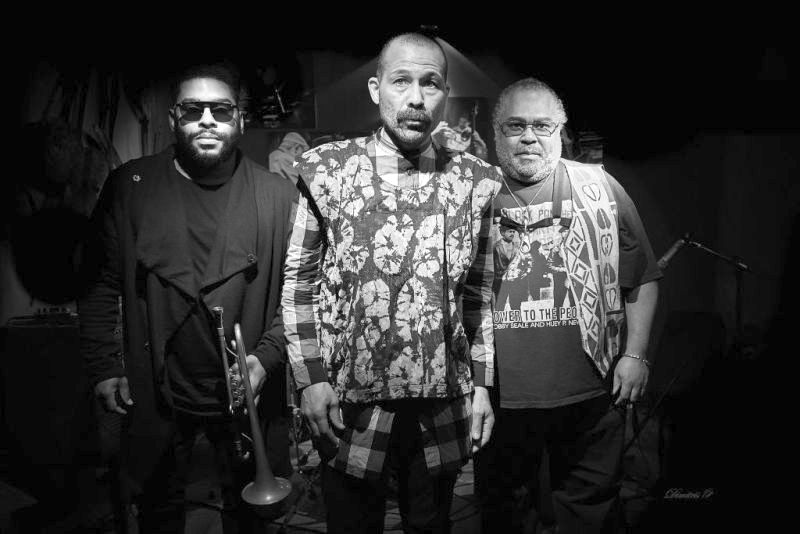
Ethnic Heritage Ensemble: (lpr) trumpeter Corey Wilkes, percussionist Kahil El’Zabar and saxophonist Alex Harding (credit: Dimitri Anastasopoulos)
A few days before the Spivey show, the trio at Gallery 992 in the West End delivered a surprise. With the crowd’s ears still ringing with a tumbling version of “Ascension” from John Coltrane’s “A Love Supreme,” percussionist Kahil El’Zabar, trumpeter Corey Wilkes and saxophonist Alex Harding shocked with near silence. Thursday night the group, a version of El’Zabar’s longstanding Ethnic Heritage Ensemble, answered the rhetorical question: When is it shocking to hear, from a trumpet with a Harmon mute and a hulking baritone saxophone, such a quiet, full tone that it jolts the senses?
Shortly before the calm, the band’s version of “Ascension” began with a long-tone trumpet melody that lazily floated over splashy, spastic cymbals and bob-and-weave baritone interjections. Sound rocketed off the gallery’s brick walls, jumbling together at times in a delirious cacophony. All the while, El’Zabar sang and screamed and yelled from behind the drum kit, pushing out propulsive waves of sound.
Then came the tranquility and Coltrane’s ballad composition “Naima.” Wilkes and Harding, who had earlier been playing with feverish intensity, let out tones so delicate they were almost too much to bear.
At the end of the tune, El’Zabar summed up the experience: “It was another ‘Trane, but in a different direction.”
“Ascension” was El’Zabar’s only trip behind the drum kit during the first set. He preferred to be out front, either plucking out a drone like ostainato on a thumb piano with his right foot jingling a small tambourine in time, as on the composition “Pharoah,” or hammering away with calloused hands on a Cajon. Regardless of the percussion instrument, he was either yelling praise to the other musicians or chanting in an earthy baritone.
El’Zabar’s music is deeply meaningful and affecting, and he has surrounded himself with extraordinary musical thinkers that can capture his ideas. Wilkes has a tireless technical proficiency, and he adds shades of hip hop into his playing. The captivating Harding seemed to be playing everything, and be everywhere, all at once, reeling off complex, spiraling solos. The music came wrapped in a DIY aesthetic. With the audience mere feet away from the musicians, Gallery 992 seemed like a place to hear worldclass jazz in an informal setting, tucked off the beaten path in a city that can gives short shrift to jazz programming.
El’Zabar last appeared at Gallery 992 in June in a duet with saxophonist David Murray. Completely free to adapt to musical ideas on the fly, a duet between percussion and drums seemed ideal for both progressive musicians. It was mesmerizing to hear, in the throes of summer in the South, Murray on bass clarinet and the percussionist on hand drums for the oft-performed “Summertime.” Visceral, stirring, moving – these descriptions all fall short. The entire performance was awe-inspiring – the interchange of musical ideas, the dialogue between the players – but those few “Summertime” minutes were mesmerizing. It seems trite and rings hollow when people talk about forgetting to breathe, but I’m sure that happened to me that evening. I feel the same way about the percussionist’s triumphant return to Atlanta. ■
Jon Ross writes about jazz, pop and classical music for Downbeat magazine, the Atlanta Journal-Constitution, Atlanta Magazine and other publications.
RECENT POSTS
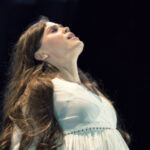 Unorchestrated and forgotten, Nadia Boulanger’s only opera finally has its American premiere • 24 Apr 2024
Unorchestrated and forgotten, Nadia Boulanger’s only opera finally has its American premiere • 24 Apr 2024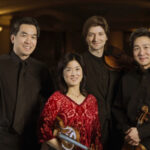 Musical sunshine: Ying Quartet and Xavier Foley brighten Sunday afternoon with Spivey Hall concert • 23 Apr 2024
Musical sunshine: Ying Quartet and Xavier Foley brighten Sunday afternoon with Spivey Hall concert • 23 Apr 2024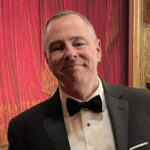 Ahead of The Atlanta Opera’s “Die Walküre,” set and projection designer Erhard Rom discusses his craft, evolving technologies • 22 Apr 2024
Ahead of The Atlanta Opera’s “Die Walküre,” set and projection designer Erhard Rom discusses his craft, evolving technologies • 22 Apr 2024




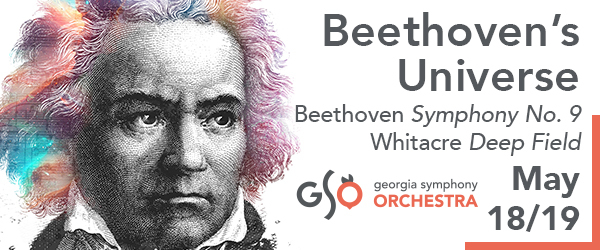


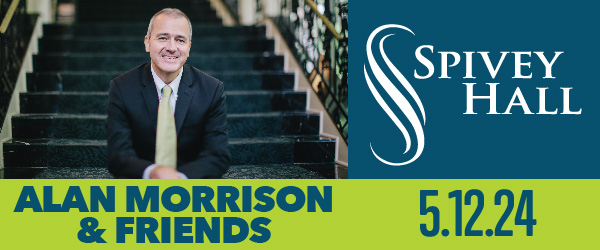

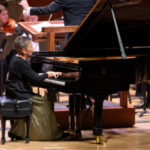

.png)